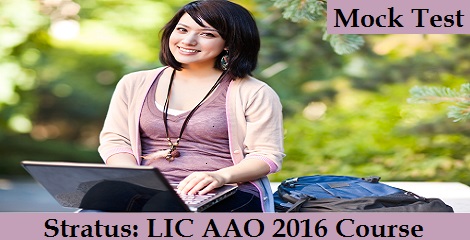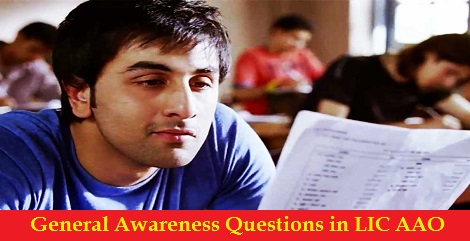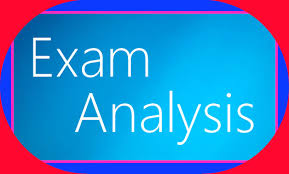Hello friends,
Welcome to Stratus – LIC AAO 2016 Course – Mock Test.
It will help you to know where you stand before appearing for the actual exam. LIC AAO 2016 Course: Mock Test platform will help you to practice, analyze and improve your performance, by providing detailed solutions for all the questions.
Our Motto is to boost your confidence,which plays a key role in success;Because “Your Success = Our Success”
Title: LIC AAO 2016 Course: Mock Test 1
Category: Mock Test
Test Time: 2 hrs
- Kindly start the quiz, after the page loaded.
- After completing the practice test, please enter your name & E-mail id,so that you could find your name and results on scoreboard list.

No Registration & No Fees – Absolutely Free Free
Try Demo Exam Now to understand our tool.
Help & Request : Share our Practice Test Page with your friends and FB Group
LIC AAO 2016 Course:
- Click Here to View Stratus: LIC AAO 2016 Course
- LIC AAO 2016: Reasoning Test
- LIC AAO 2016: Quants Test
- LIC AAO 2016: General Awareness Test
- LIC AAO 2016: Computer Awareness Test
- LIC AAO 2016: English Test
Note:
- If you find any error or mistake, Please let us know
LIC AAO 2016 Course: Mock Test 1 Learderboard
Quantitative Aptitude (1-30)
Reasoning (31-60)
Computer (61-90)
General Awareness (91-120)
English Language (121-160)
_____________________________________________________________________
[WpProQuiz 133]
_____________________________________________________________________




